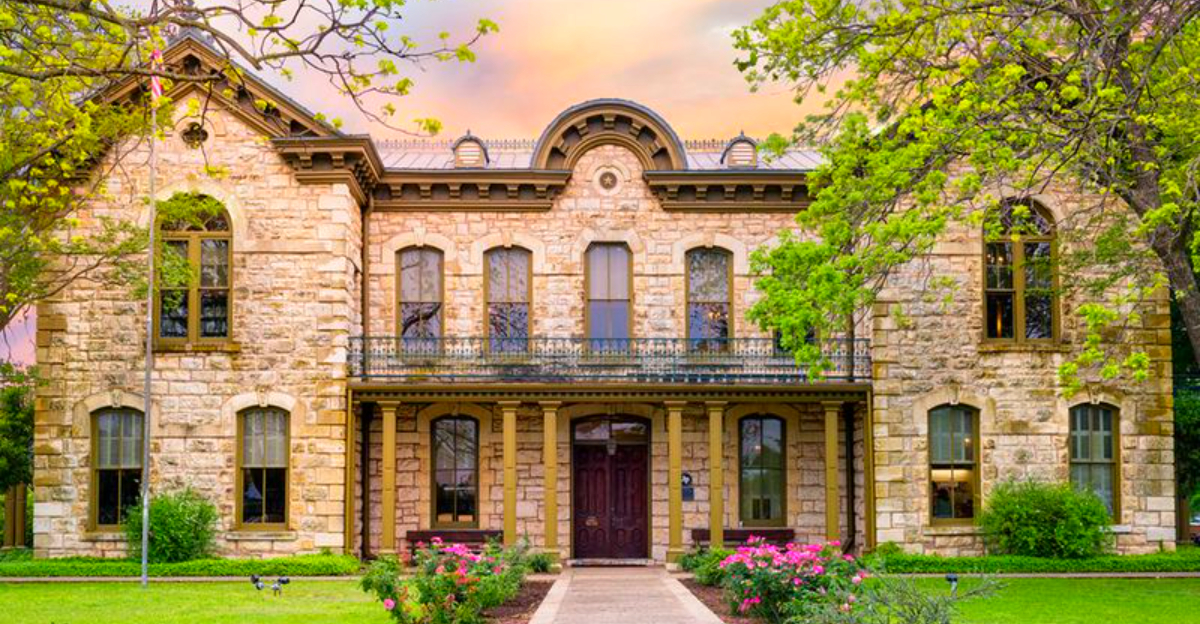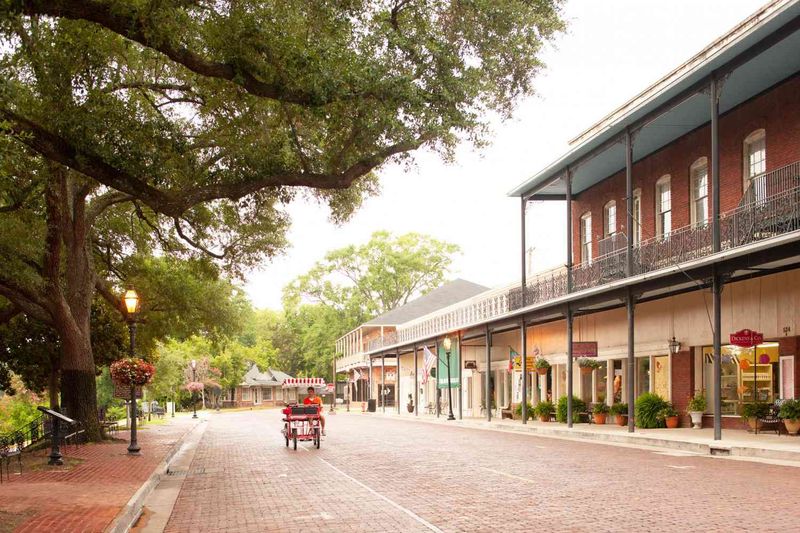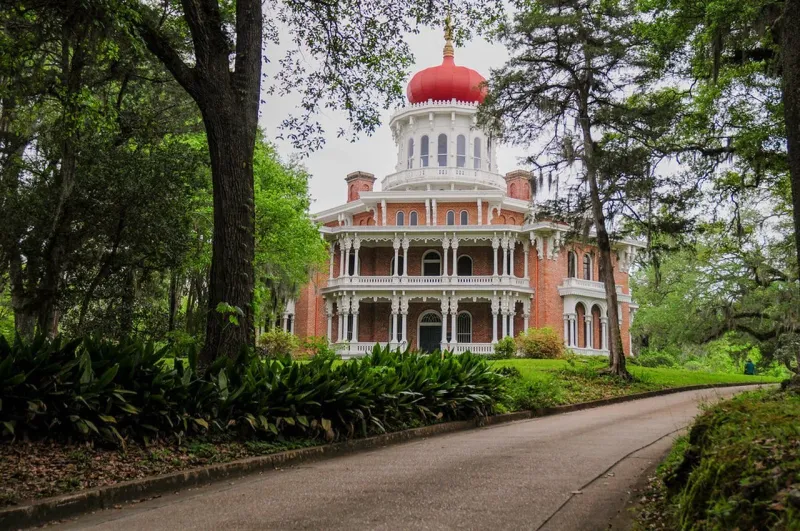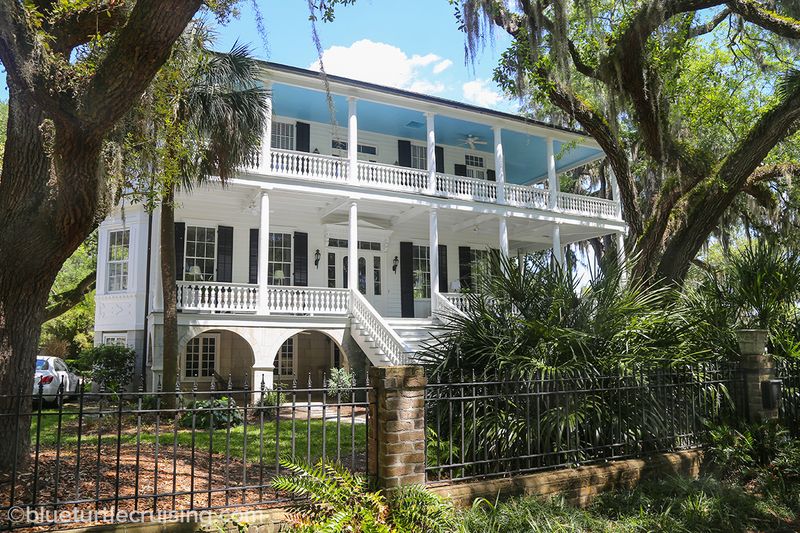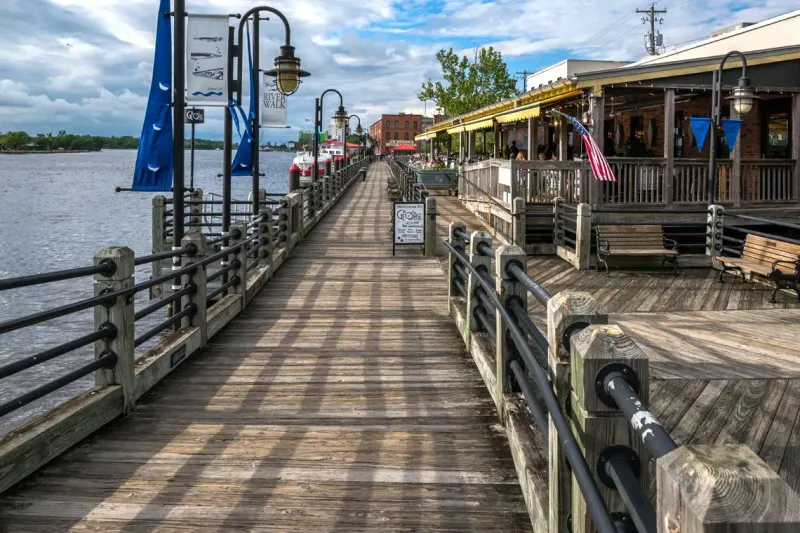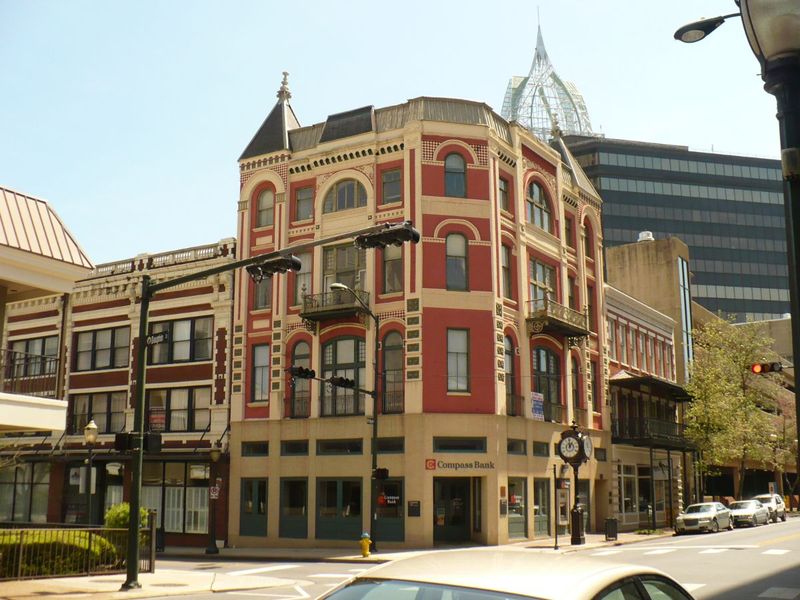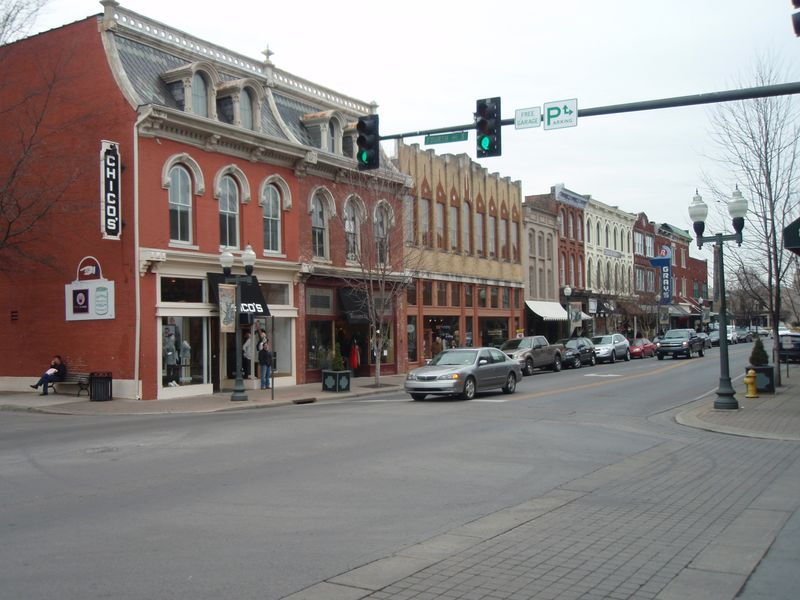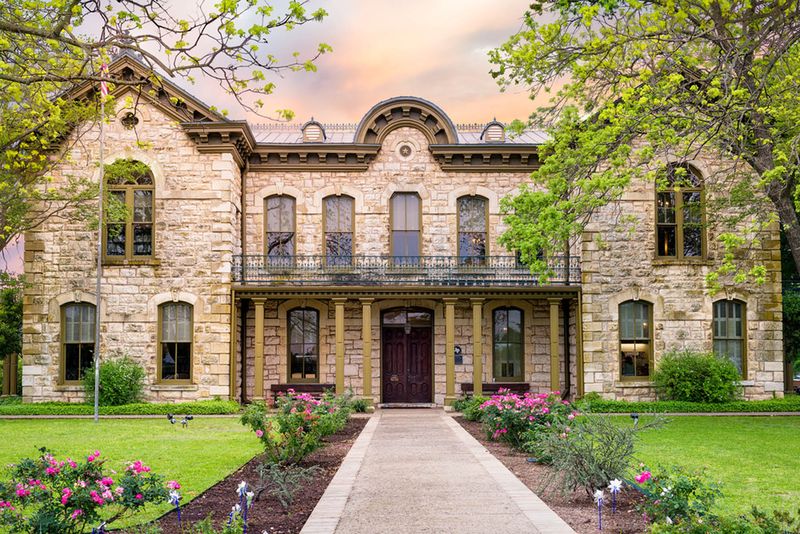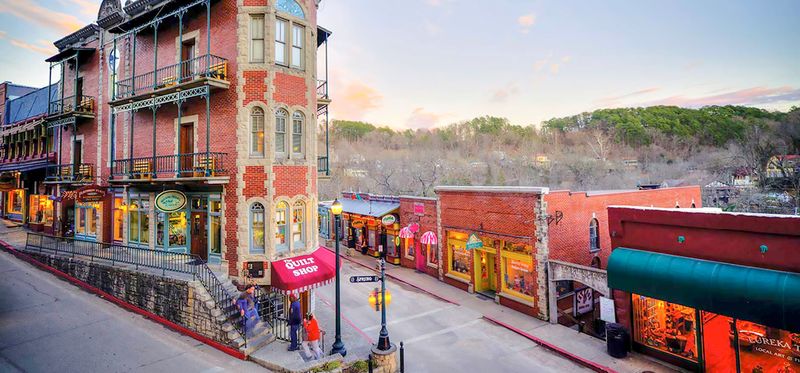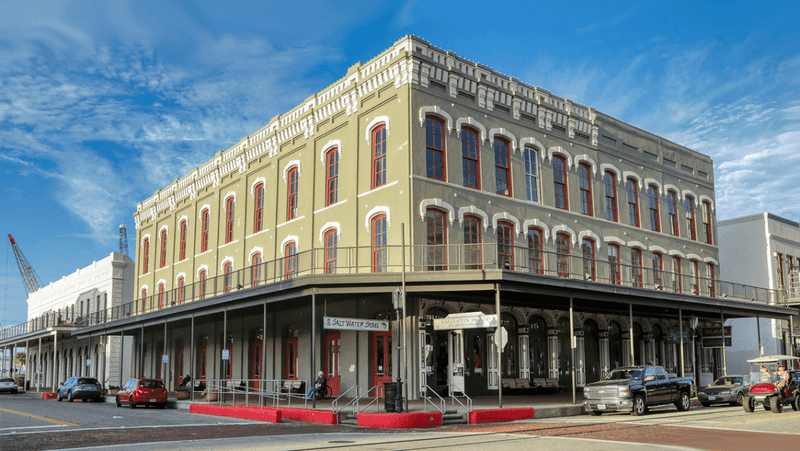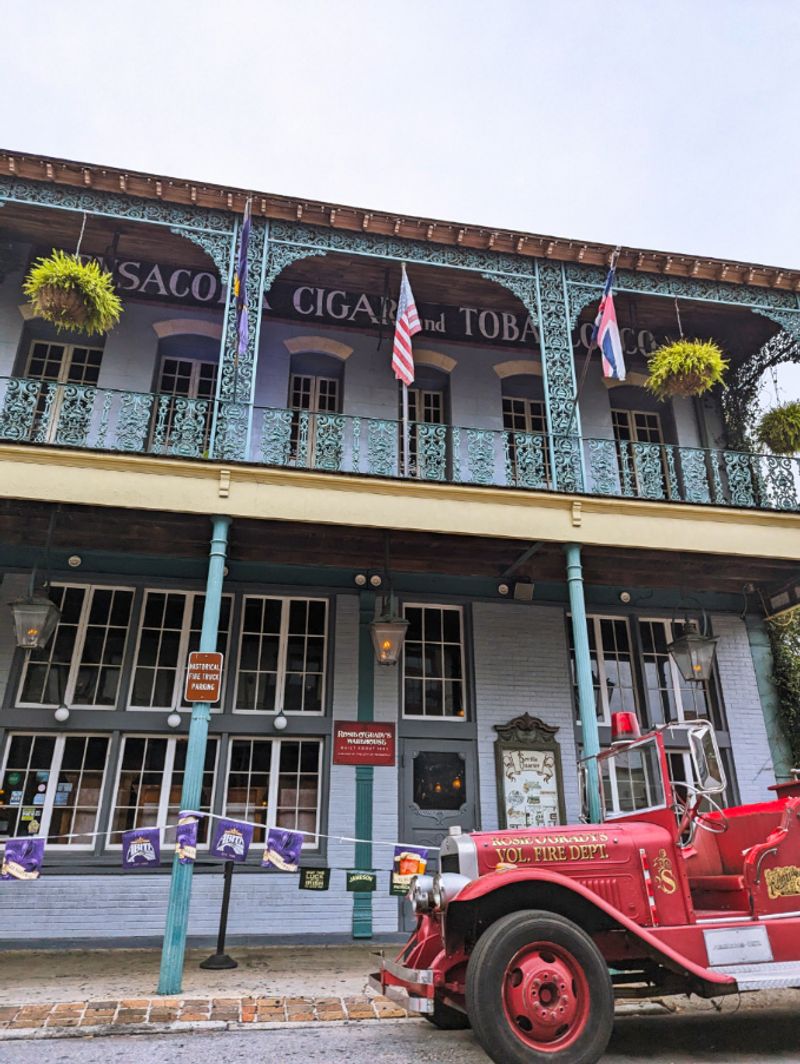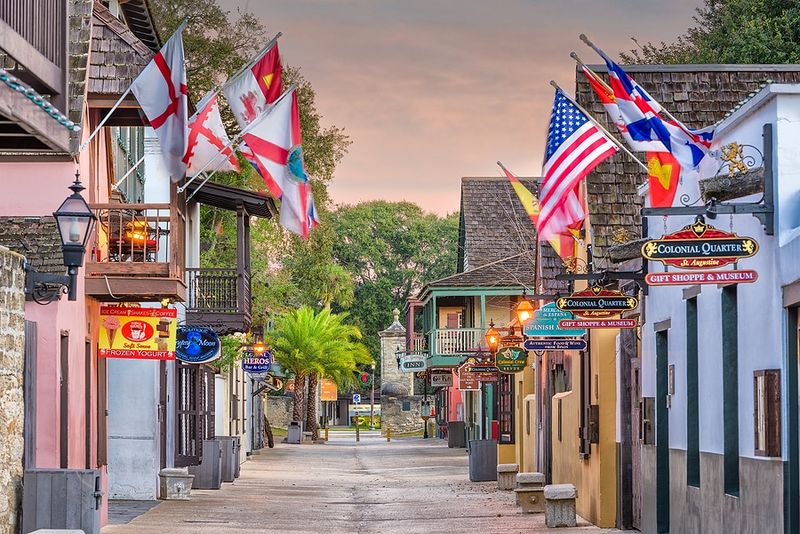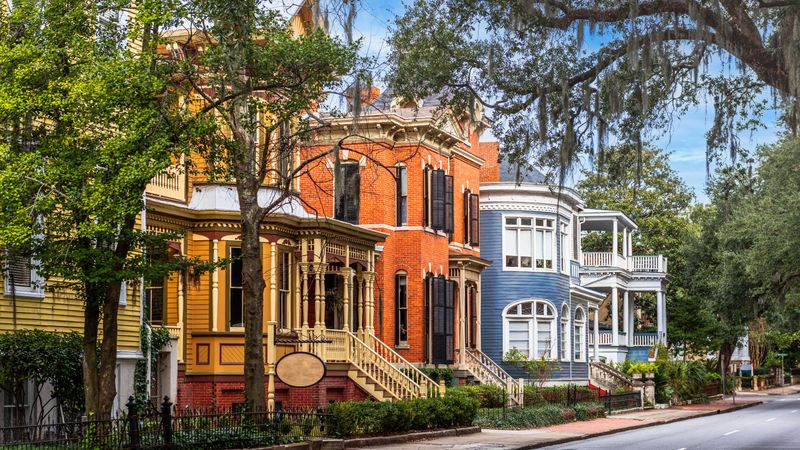The American South holds treasures that many travelers overlook—charming cities where history lives on every corner and you can explore on foot. These places offer beautiful architecture, fascinating stories, and streets made for strolling, all without the crowds you’d find in bigger destinations. Whether you’re planning a weekend getaway or just dreaming about your next adventure, these walkable historic districts will capture your imagination and give you a genuine taste of Southern heritage.
1. Natchitoches, Louisiana
Louisiana’s oldest permanent settlement sparkles along the Cane River, where 33 blocks of National Historic Landmark District await your discovery. Brick sidewalks line Front Street, leading you past museums, shops, and riverfront views that feel frozen in time.
Free walking tours launch right from the district, making it incredibly easy to explore without worrying about parking or driving. The compact layout means everything worth seeing sits within comfortable walking distance.
Locals take pride in their town’s French Creole heritage, visible in the iron-lace balconies and colorful storefronts. Christmas brings famous festival lights that transform the entire riverfront into a glowing wonderland.
2. Natchez, Mississippi
Perched on dramatic bluffs above the mighty Mississippi River, downtown Natchez offers one of the South’s richest collections of antebellum mansions. The tourism office provides a self-guided Downtown Walking Tour map that starts at scenic Bluff Park, where river views stretch for miles.
Grand homes with massive white columns tell stories of cotton fortunes and complex Southern history. Walking these streets feels like stepping into a different century, with remarkably preserved architecture at every turn.
Small-town hospitality greets you in locally-owned cafés and antique shops tucked into historic buildings. Spring and fall bring pilgrimage seasons when private homes open their doors to curious visitors.
3. Beaufort, South Carolina
Spanish moss drapes from ancient live oaks, creating natural canopies over Beaufort’s waterfront historic district. This National Historic Landmark area packs 18th and 19th-century homes into just a few peaceful, walkable blocks.
Tabby walls—made from oyster shells, lime, and sand—remind visitors of colonial building techniques unique to the Lowcountry. The compact downtown means you can easily explore everything in an afternoon without ever feeling rushed.
Hollywood has filmed numerous movies here, drawn by the authentic Southern charm that hasn’t been commercialized or overdeveloped. Waterfront Park provides perfect spots for resting between explorations, with benches facing the tidal marshes and Beaufort River.
4. Wilmington, North Carolina
Where the Cape Fear River meets downtown, Wilmington’s historic core seamlessly blends into the bustling River District and scenic Riverwalk. Seven National Register historic districts cluster around the center, creating an impressive car-free loop of period architecture.
Shops, cafés, theaters, and galleries fill beautifully restored buildings that span centuries of coastal Carolina history. The mile-long Riverwalk provides a pedestrian-friendly path with river breezes and sunset views that locals cherish year-round.
Film buffs appreciate Wilmington’s role as a major production hub, with studio tours available nearby. Evening strolls reveal a vibrant arts scene, from street musicians to gallery openings in renovated warehouses along the waterfront.
5. Mobile, Alabama
Lower Dauphin Street pulses with energy, showcasing Mobile’s walkable downtown through 19th-century facades that house modern restaurants, galleries, and nightlife. A designated walking route guides you past architectural gems like the Van Antwerp Building and the ornate Saenger Theatre.
Mobile’s position as the birthplace of American Mardi Gras adds festive spirit to the historic streetscape. Wrought-iron balconies and colorful buildings reflect the city’s French and Spanish colonial past, creating a Gulf Coast vibe distinct from other Southern cities.
Local seafood restaurants serve fresh catches in dining rooms that have witnessed generations of Mobile families. The compact district makes bar-hopping or gallery-crawling effortless on weekend evenings.
6. Franklin, Tennessee
Just 20 miles south of Nashville’s bustle, Franklin’s downtown offers a refreshing “park once” experience on a genuine Great American Main Street. Buildings from the 1800s house indie boutiques, coffee shops, and farm-to-table restaurants within a compact, walkable grid.
Civil War history runs deep here, with significant battlefield sites within walking distance of downtown’s charming square. Franklin has mastered the balance between preservation and progress, maintaining historic character while supporting thriving local businesses.
Live music spills from venues most evenings, giving you a taste of Tennessee’s musical heritage without Nashville’s tourist crowds. Seasonal festivals transform Main Street into celebration spaces where the whole community gathers under historic storefronts.
7. Fredericksburg, Texas
German heritage flavors every corner of Fredericksburg’s National Historic District, where limestone storefronts line Main Street for blocks. Over 80 historic points of interest cluster together, connected by an official self-guided walking tour that locals happily recommend.
Bakeries serve authentic German pastries alongside Texas barbecue joints, creating a unique culinary blend you won’t find elsewhere. Biergartens with shaded patios provide perfect rest stops between museum visits and boutique shopping.
Hill Country wine country surrounds the town, but the walkable downtown offers plenty of tasting rooms if you’d rather explore on foot. Spring brings wildflowers, especially bluebonnets, that carpet the roadsides leading into this charming Texas town.
8. Eureka Springs, Arkansas
Built into Ozark hillsides, Eureka Springs earned National Register designation for nearly its entire downtown back in 1970—one of Arkansas’s earliest and largest historic districts. Victorian hotels cling to steep streets, connected by spring-fed stairways that create a uniquely vertical walking experience.
Natural springs that once drew health-seekers still bubble throughout town, preserved in stone grottos and public fountains. The mountain setting means every walk involves some climbing, but rewards you with unexpected views around every corner.
Artists’ studios and galleries fill Victorian cottages, making this a creative haven as much as a historic treasure. No chain stores interrupt the authentic 19th-century streetscape that has remained remarkably intact.
9. Galveston, Texas
The Strand Historic District—a National Historic Landmark—concentrates five blocks of Victorian commercial splendor into a highly walkable entertainment hub near Galveston’s harbor. Nicknamed the “Wall Street of the Southwest” during its 19th-century heyday, these restored buildings now house shops, restaurants, and museums.
Beyond the Strand, Galveston’s famous seawall stretches for miles as a pedestrian-friendly promenade perfect for sunrise walks or evening strolls. Island breezes and Gulf views accompany you whether you’re exploring commercial history or simply enjoying the coastal atmosphere.
Dickens on the Strand, an annual Victorian festival, transforms the historic blocks into a living history celebration each December. Architecture buffs appreciate the cast-iron facades that survived the devastating 1900 hurricane.
10. Pensacola, Florida
Centered on shaded Seville Square and Historic Pensacola Village, downtown invites leisurely foot tours through museums and one of Florida’s oldest surviving churches. An official Downtown Walking Tour itinerary connects the highlights, making navigation simple for first-time visitors.
Five flags have flown over Pensacola—Spanish, French, British, Confederate, and American—creating layers of history visible in varied architectural styles. The compact historic district preserves this multicultural past in buildings you can actually enter and experience, not just admire from outside.
White sand beaches lie just minutes away, but the downtown’s tree-shaded squares offer cool respite from Florida sun. Local guides share colorful stories about pirates, colonial settlers, and naval aviators who shaped this Gulf Coast gem.
11. St. Augustine, Florida
America’s oldest continuously occupied European settlement deserves recognition beyond its famous status. Narrow cobblestone lanes wind through the historic district, where Spanish colonial buildings date back to the 1500s and 1600s.
Castillo de San Marcos, a massive stone fortress, anchors the waterfront and remains remarkably preserved after centuries. Walking these streets means literally following in the footsteps of Spanish conquistadors, British colonists, and countless generations of American settlers.
Horse-drawn carriages share the roads with pedestrians, adding old-world charm to your exploration. Ghost tours after dark reveal the spookier side of centuries-old history, making St. Augustine a year-round destination for history enthusiasts of all ages.
12. Savannah, Georgia
Savannah’s 22 historic squares create a grid of green spaces that make downtown walking absolutely delightful. Massive live oaks draped with Spanish moss provide natural shade over brick streets and centuries-old townhouses.
Forsyth Park’s iconic fountain marks the southern edge of the historic district, offering 30 acres of green space for picnicking between architectural explorations. Each square has its own character and history, from quiet residential pockets to bustling commercial hubs.
River Street runs along the Savannah River, where old cotton warehouses now house restaurants and shops in atmospheric stone buildings. Midnight in the Garden of Good and Evil put Savannah on many travelers’ maps, but the city’s beauty speaks for itself beyond any book or movie.
